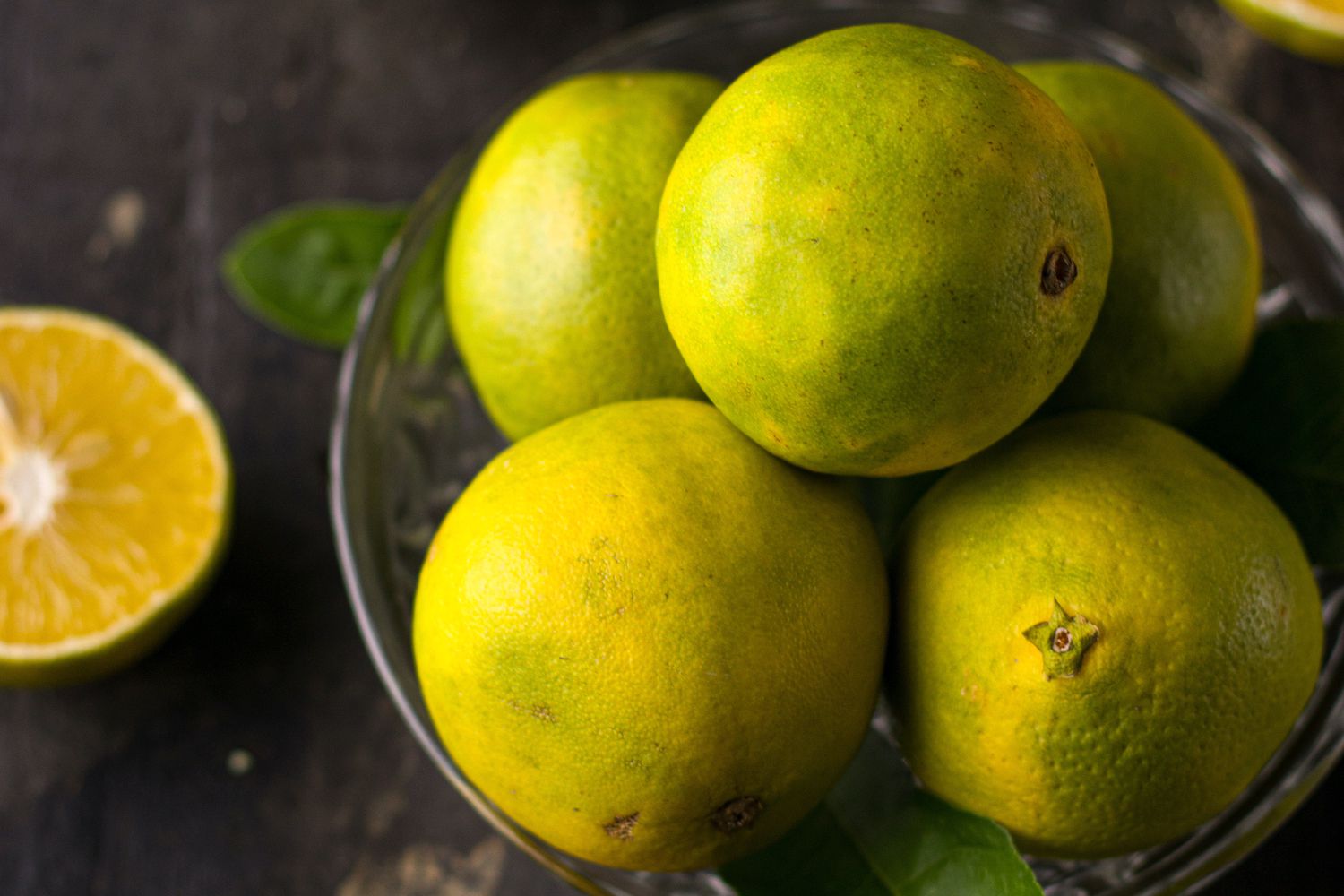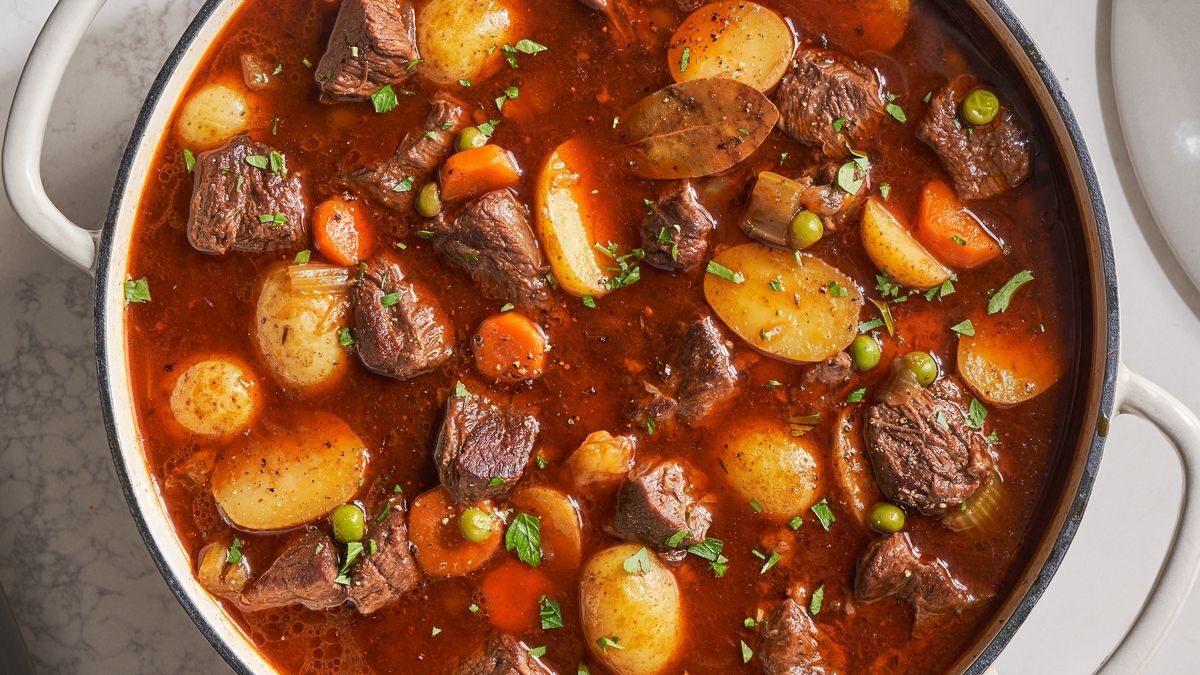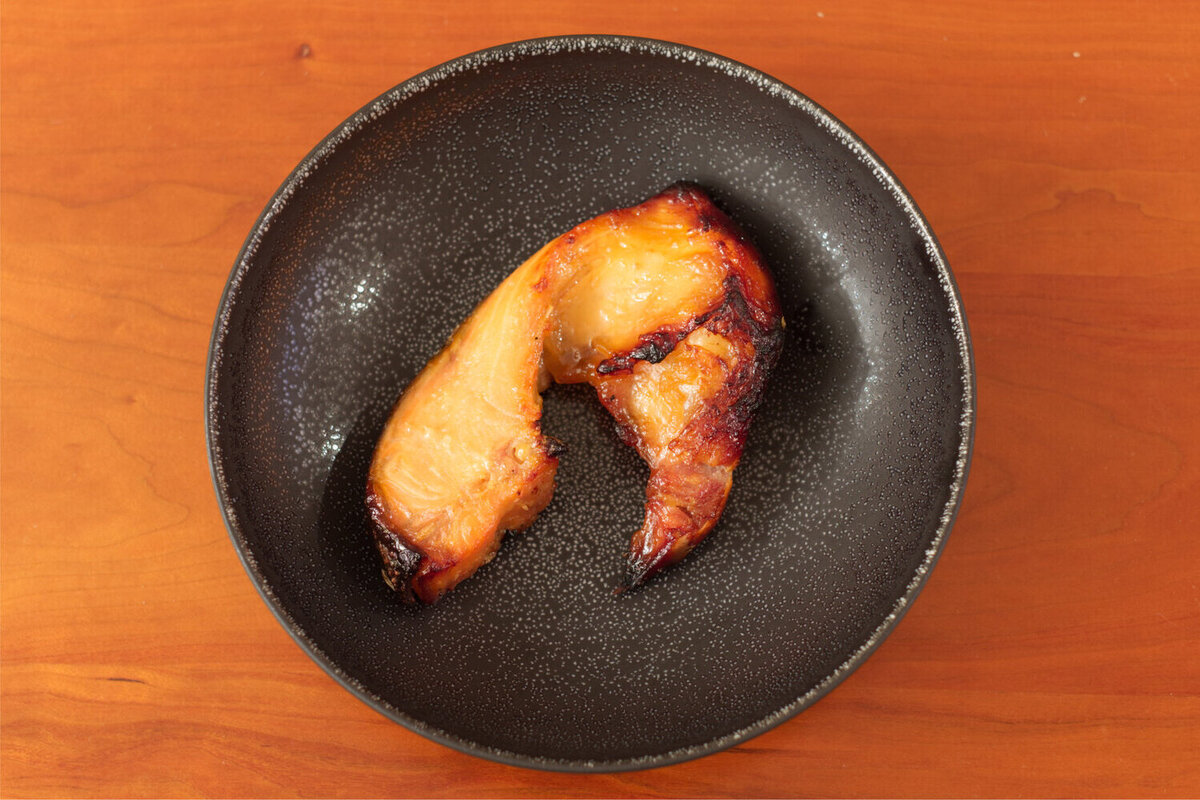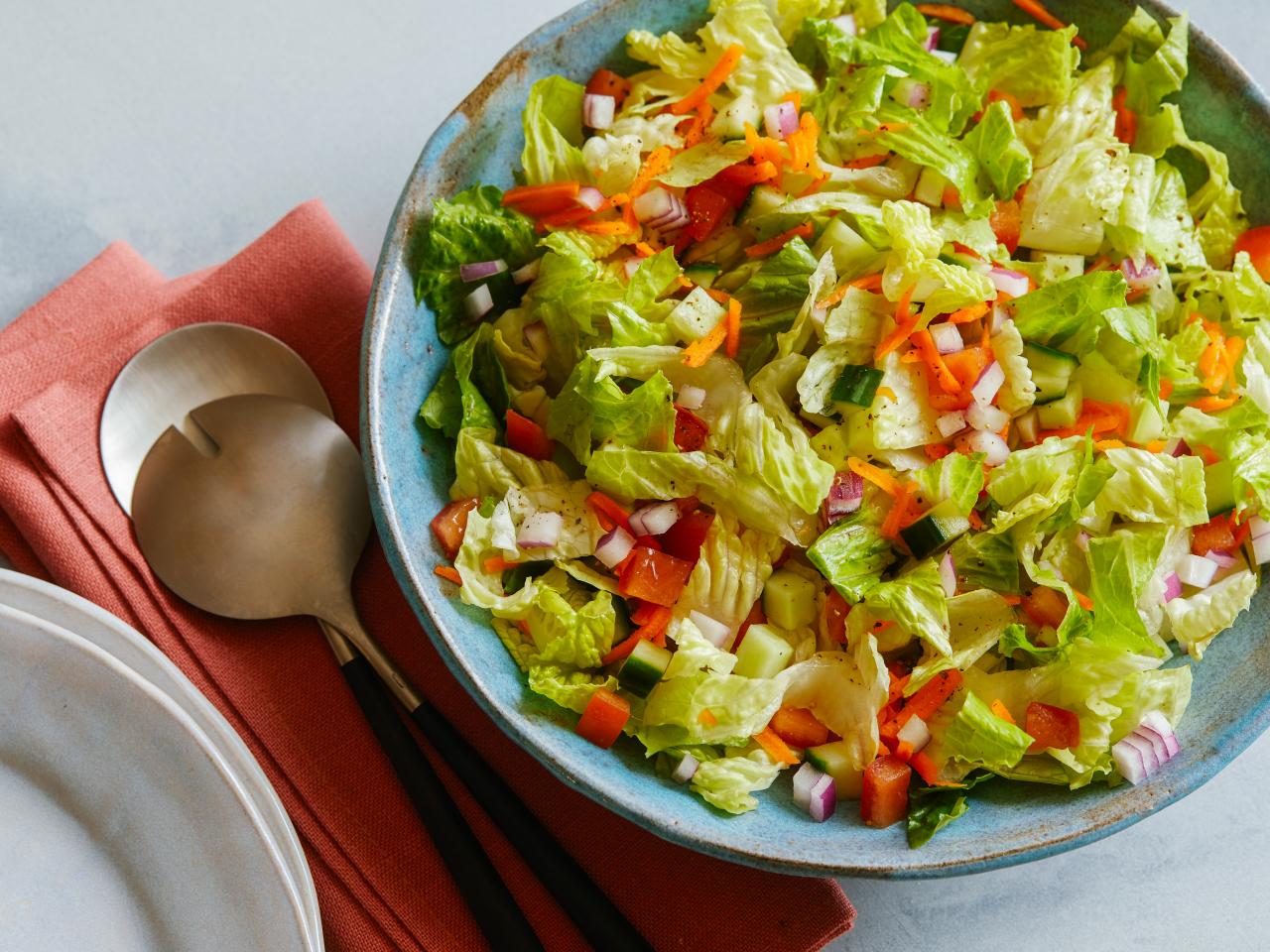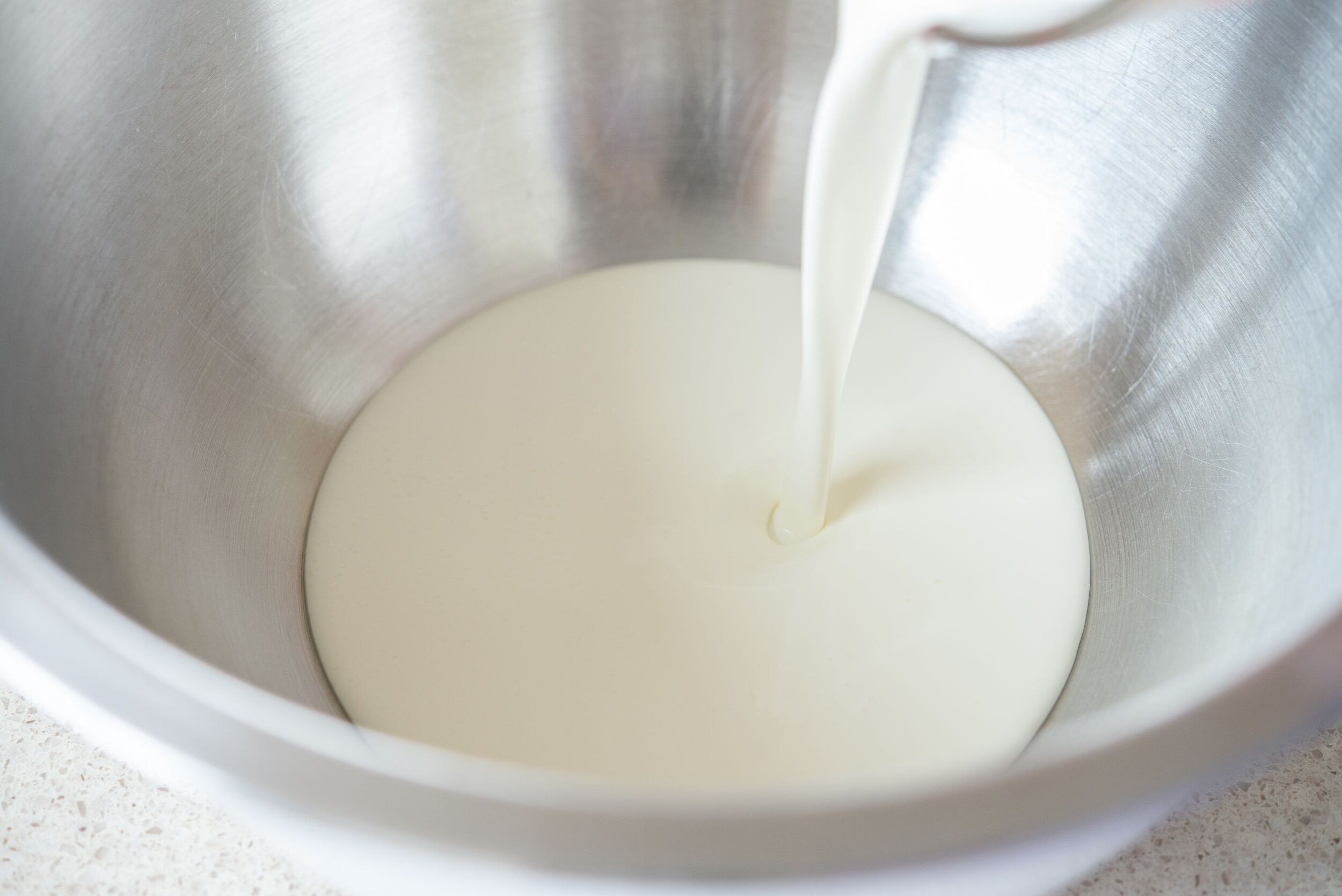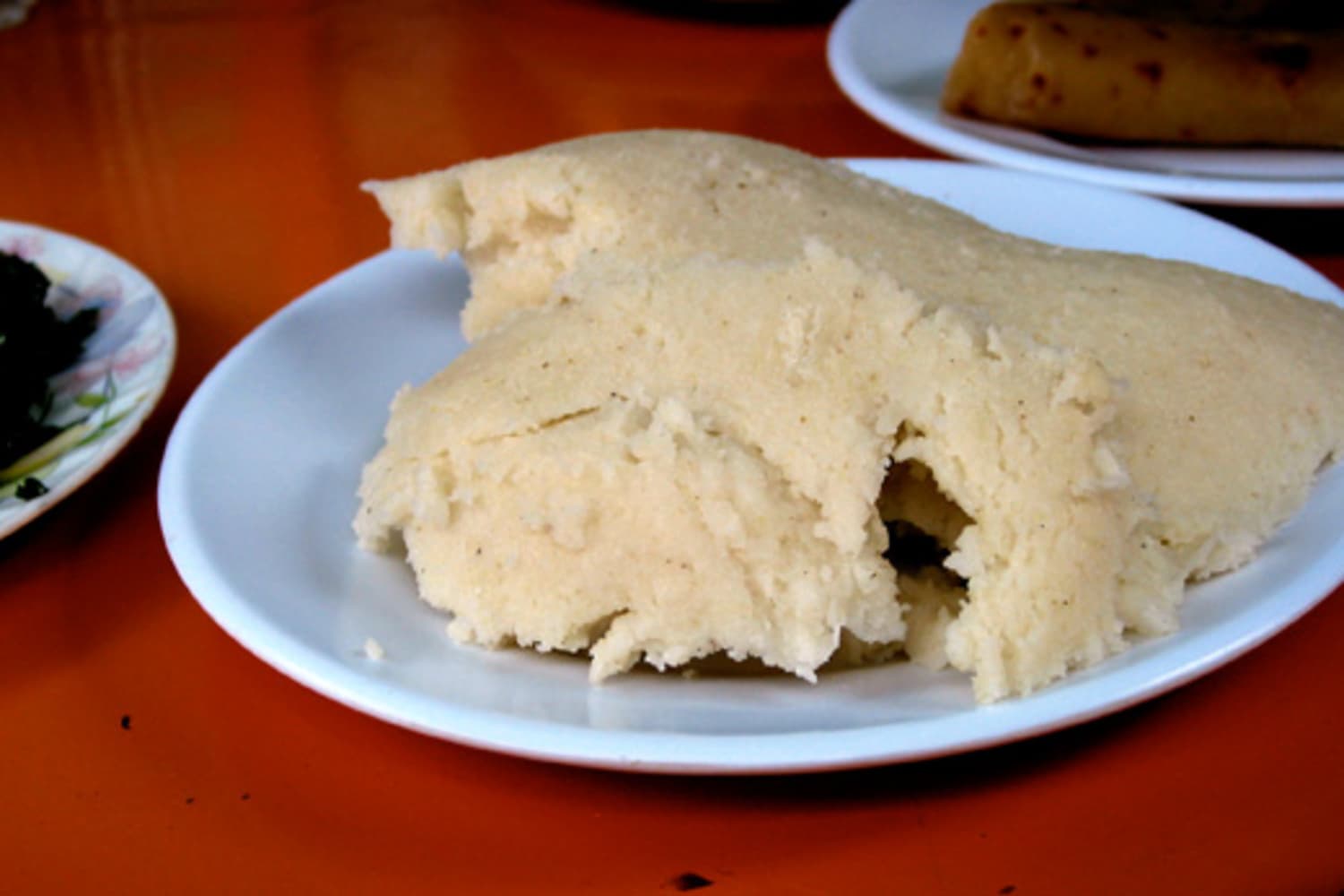Understanding Strained Soup
When it comes to soup, there are countless variations and styles to explore. One lesser-known but incredibly delicious type of soup is strained soup. But what exactly is strained soup, and how does it differ from other types of soup?
What Is Strained Soup?
Strained soup, also known as a consommé, is a type of clear soup that has been meticulously clarified to remove any impurities, leaving behind a crystal-clear liquid. The process of straining involves simmering a mixture of stock, meat, vegetables, and aromatics, then straining it through a fine mesh sieve or cheesecloth to achieve a pure, refined broth.
Key Characteristics of Strained Soup
Strained soup is known for its clarity and intense flavor. Here are some key characteristics that set strained soup apart from other types of soup:
- Clarity: The hallmark of strained soup is its remarkable clarity, free from any visible particles or cloudiness.
- Intense Flavor: By removing impurities and excess fat, strained soup boasts a concentrated, pure flavor that is both delicate and robust.
- Richness: Despite its clear appearance, strained soup can be surprisingly rich and satisfying, thanks to the depth of flavor achieved through the straining process.
How Is Strained Soup Used?
Strained soup can be enjoyed on its own as a light and elegant starter, or it can serve as a base for more complex dishes. Chefs often use strained soup as a building block for sauces, risottos, and other culinary creations, adding depth and complexity to their recipes.
Popular Variations of Strained Soup
While the classic strained soup is typically made with a clear, flavorful broth, there are also variations that incorporate additional ingredients for a unique twist. Some popular variations include:
- Consommé Madrilène: This variation of strained soup features a tomato-infused consommé, adding a hint of acidity and sweetness to the clear broth.
- Double-Strained Soup: For an even smoother texture, some chefs opt to double-strain their soup to achieve an unparalleled level of clarity.
- Consommé Celestine: This variation includes small, delicate egg custard garnishes, adding a touch of elegance to the refined soup.
Creating Your Own Strained Soup
If you’re eager to try your hand at making strained soup at home, you’ll need a few key ingredients and plenty of patience. Start with a high-quality stock, whether it’s chicken, beef, or vegetable, and select a variety of aromatic vegetables and herbs to infuse the broth with flavor. The straining process is crucial, so be sure to invest in a fine mesh sieve or cheesecloth to achieve the desired clarity.
Once you’ve mastered the art of making strained soup, you’ll have a versatile and impressive culinary skill in your repertoire. Whether you’re hosting a dinner party or simply craving a light yet flavorful dish, strained soup is sure to impress with its refined elegance and exquisite taste.
Conclusion
Strained soup, with its clarity, intense flavor, and versatility, offers a unique and sophisticated dining experience. Whether enjoyed on its own or used as a base for other dishes, strained soup is a testament to the artistry and precision of culinary craftsmanship.
So, the next time you’re seeking a culinary adventure, consider exploring the world of strained soup and savoring its delicate yet impactful essence.
Was this page helpful?
Read Next: What Is A Sope?



